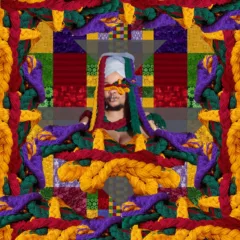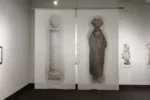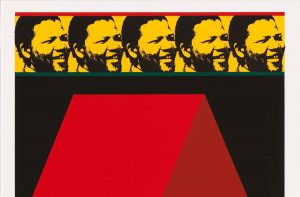The Feminist Art Coalition was formed in 2017 to encourage collaboration among museums and non-profits across the U.S. committed to social justice and structural change.These are particularly attractive catalogs for two of the larger exhibitions that have come out of the coalition.
Apsara DiQuinzio New Time: Art and Feminisms in the 21st Century (University of California Berkeley Art Museum and Pacific Film Archive: Berkeley, 2021) ISBN 978-0-9838813-7-7. Available through D.A.P. and elsewhere.
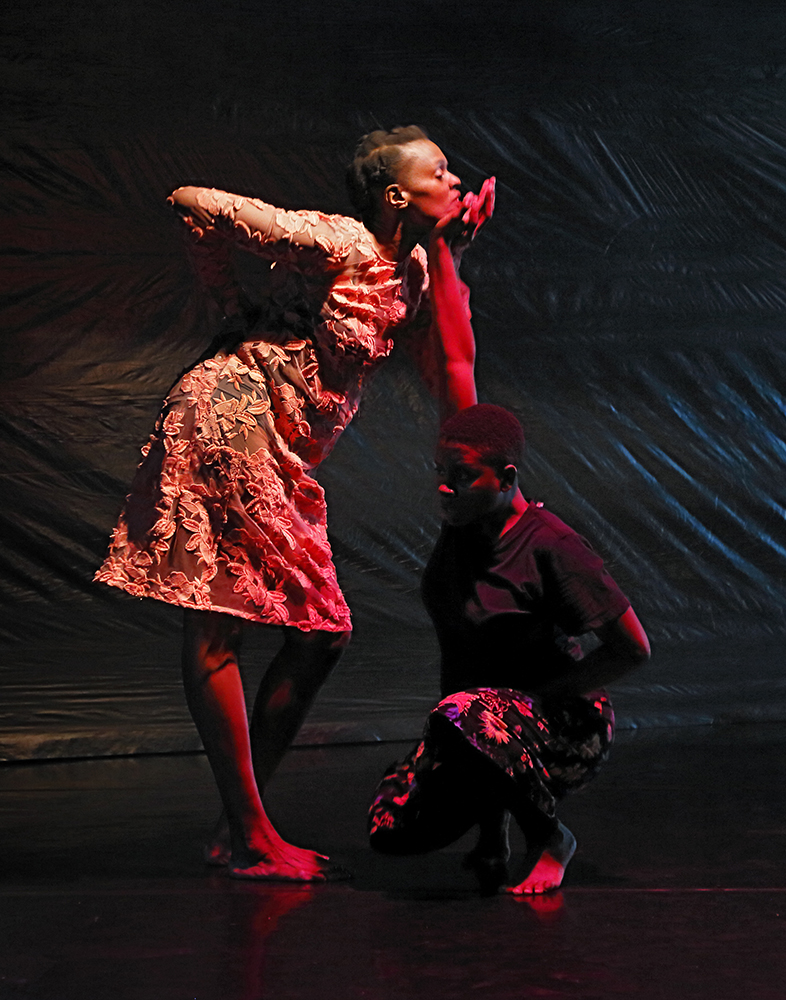
The exhibition New Time: Art and Feminisms in the 21st Century was organized by Apsara DiQuinzio, founder of the Feminist Art Coalition. The plural “feminisms” in the title emphasizes the perspective that feminism has never been a monolithic movement, but developed differently within various groups of women who differed according to background, location and time period. DiQuinzio opens her introductory article with a 1980 citation from Lucy Lippard that feminist art is “neither a style nor a movement” but rather “a value system, a revolutionary strategy, a way of life.” The catalog includes excerpts from Leslie Scalapino’s poem, “New Time,” which inspired the exhibition’s title, an analysis of the poem by Lyn Hejinian, a discussion of the 19th century study of hysteria and its social and political implications by Chiara Bottici and Jamieson Webster, a conversation on changing feminisms over time by Natalia Brizuela and Julia Bryan-Wilson, and conversations with two influential theorists, Hortense Spillers and Judith Butler.
The exhibition and catalog were organized thematically as: Prelude: Arch of Hysteria, Returning the Gaze, Time as Fabric, The Body in Pieces, Gender Alchemy, Womxn Workers of the World Unite!, Too Nice for Too Long, The Future is Feminist, and Performance, Film, Video, and Other Spaces. Among 75 artists and collectives are three generations, including Louise Bourgeois (b. 1911 in Paris), whose work preceded organized feminist involvement in the visual arts, but who was rediscovered and lauded late in her life; Luchita Hurtado (b. 1920 in Maiqueta, Venezuela) whose first survey exhibition occurred at the age of 100; Judy Chicago (b.1939, Chicago) who co-organized an early program of feminist pedagogy and created “The Dinner Party” (1979) a massive celebration of women which toured to sixteen international venues; Lynn Hershman Leeson (b. 1941 in Cleveland) whose work was avowedly feminist and includes a documentary about second wave feminist art history; and much younger artists including Farah Al Qasimi (b. 1991 in Abu Dhabi), Kenyatta A.C. Hinkle (b. 1987 in Louisville), Christina Quarles (b. 1985 in Chicago), and collaboratives including the Guerrilla Girls, founded 1985 in New York and Pussy Riot, founded in 2011 in Moscow. The editor includes pronoun choices for the artists (including those who died long before pronouns were a matter of individual choice) but not the writers.
The catalog is very beautifully designed by Mary Kate Murphy and is a pleasure to hold and read.
Connie Butler and Anne Ellegood, “Witch Hunt” (Hammer Museum, UCLA and Delmonico Books: Los Angeles and New York: 2021) ISBN 978-1-942884-75-0. Available through D.A.P. and elsewhere.
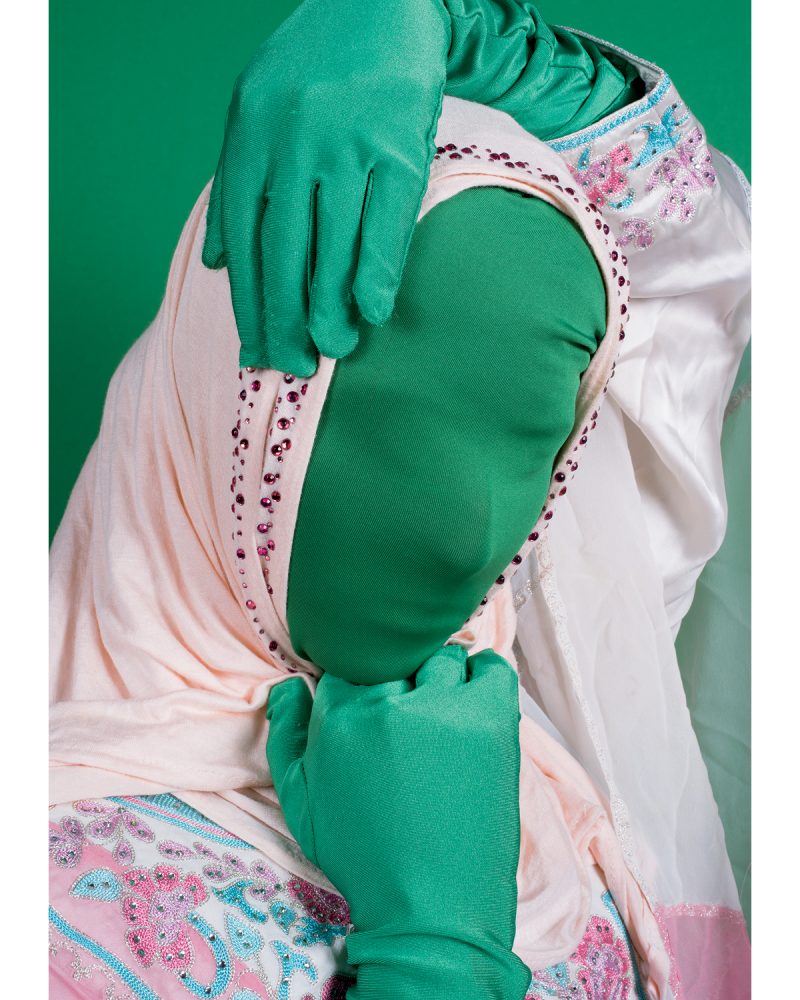
The subject of “Witch Hunt” was inspired by the current political situation, characterized by misogynist public rhetoric and an inversion of language in which men claimed themselves victims of witch hunts. The hysteria of witch hunts was always directed at women, sometimes for the supposed evil origin of their knowledge of nothing more than traditional women’s subjects, such as midwifery and herbal remedies. Witch hunts were and are about controlling women’s empowerment. The exhibition Witch Hunt was organized by Connie Butler, Chief Curator of the Hammer Museum and Anne Ellegood, Director of the Institute of Contemporary Art, L.A. They speak of the exhibition as “a form of articulating resistance.” Butler’s essay centers on rage as an encompassing motivation for the artwork, and discusses the challenges of representing violence so that the audience can form a connection with its subjects. She describes work that restores memories of ignored women, focuses on current inequities, proposes alternate realities, and motivates viewers to action. Ellegood discusses the structural nature of misogyny and the historical and current means artists employ to visualize it. Several artists in the exhibition worked with groups of disempowered women to create statements that go far beyond documentation, and Ellegood raises the concern that danger sometimes comes with increased visibility.
The fourteen artists and a duo are an international group, the majority born in the 1970s, and there is significant inclusion of queer and trans voices which expand current feminist activities and writings. They include Leonor Antunes, Yael Bartana, Vaginal Davis, Bouchra Khalili, Teresa Margoles, Otobong Nkanga and Beverly Semmes. Many of the artworks extended beyond the museum’s walls in the form of performance, installation, single and multi-channel video and combinations thereof; printed illustrations are a very partial means of conveying the impact of such art. The stylish design by Jessica Fleischmann/Still Room Studio employs colored borders to distinguish each artist, for whom there is a full page discussion (signed, by Butler and four research assistants) along with extensive illustrations. Major texts by the two curators are placed in the middle and printed on different stock, narrower than the bulk of the volume, which gives the beautifully-printed volume an unusual physical presence.
Philadelphia area exhibitions associated with the Feminist Art Coalition include:
Proto-Feminism in the Print Studio, Arcadia University Spruance Gallery, Fall of 2022. It is curated by Christina Weyl, author of “The Women of Atelier 17: Modernist Printmaking in Midcentury New York” (Yale University Press, 2019).
RAW Académie Session 9: Infrastructure Institute Of Contemporary Art, University of Pennsylvania, Spring, 2022
Taking Space; Contemporary Women Artists and the Politics of Scale Pennsylvania Academy of the Fine Arts, 2021


